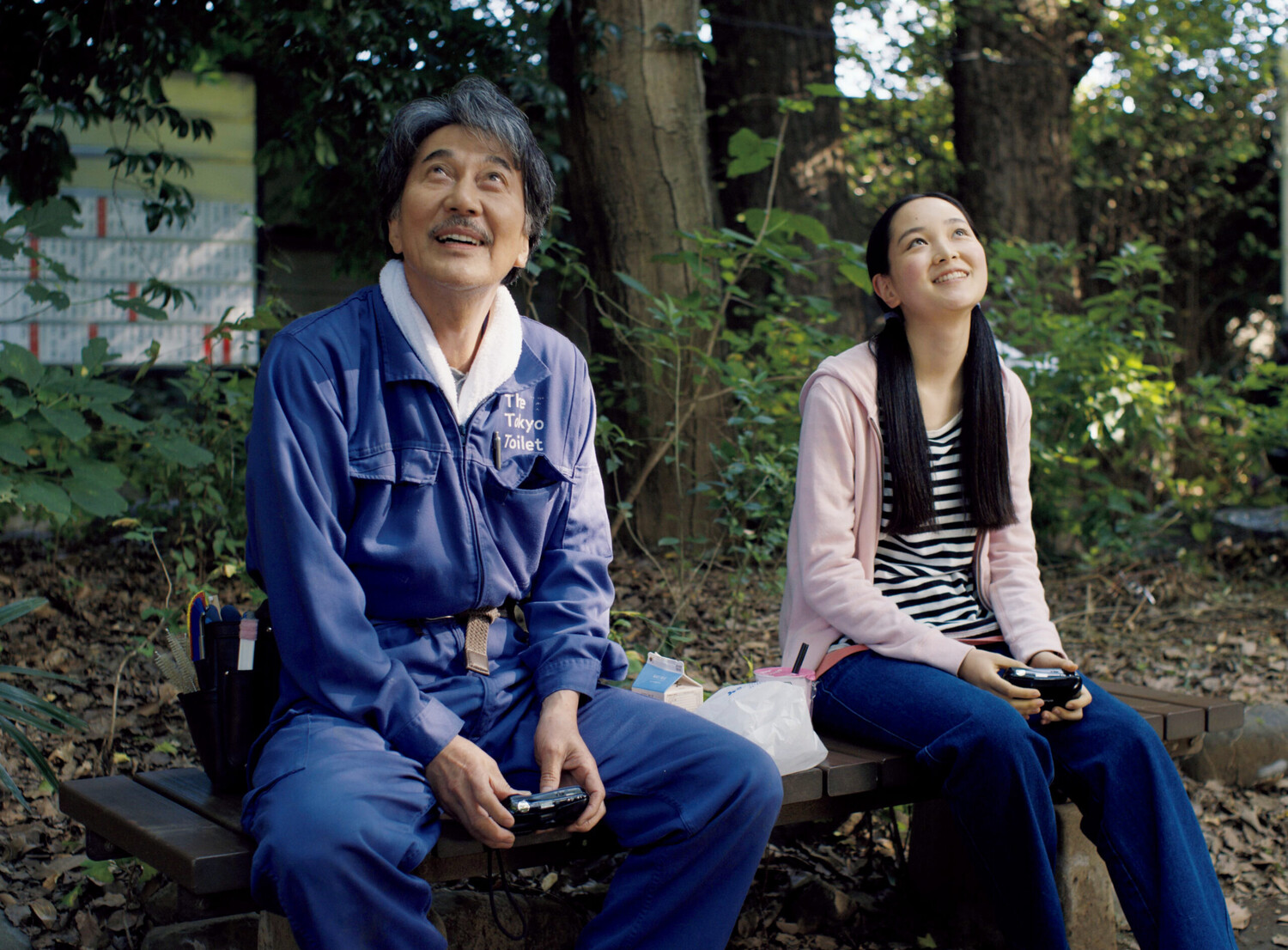YouTube has issued new guidelines for AI-powered videos uploaded to its platform.
In a blog post, the digital video giant said the new approach would create protections for videos that look realistic but rely on artificial intelligence tools. The company is also introducing new labels to inform viewers if the video they are watching has been altered or synthesized.
“This is especially important in cases where the content addresses sensitive topics such as elections, ongoing conflicts and public health crises, or government officials,” vice presidents of product management Jennifer Flannery O’Connor and Emily Moxley wrote in the blog post. “Creators who consistently choose not to share this information may face content removal, suspension from the YouTube Partner Program, or other penalties. We will work with developers prior to launch to ensure they understand these new requirements.”
The rise of AI has roiled much of society, including Hollywood, where actors and writers recently went on strike for six months, in part over concerns about the potential harm the technology could cause.
YouTube’s new stance comes about a month after the company unveiled a number of new features, including a searchable cache of AI content called Dream Screen, built for the Shorts platform. Shorts, an answer to TikTok, is viewed more than 70 billion times daily by more than 2 billion logged-in users. When asked about the risk of spreading fake or other misleading content, CEO Neal Mohan acknowledged at the time that “there can be challenges with this type of technology.” However, he said that all AI-enhanced videos will be subject to YouTube’s community guidelines. “The rules of the road that apply to video content on YouTube apply to everything you’ve watched today.”
The blog post also states that users who object to videos they encounter on YouTube can initiate a new enhanced privacy request process. Through this process, anyone can request the removal of AI-generated or other synthetic or modified content that simulates an identifiable person, including their face or voice. This option also extends to the realm of music videos, where AI may enable the proliferation of spoofs of an artist or rapper’s unique voice or style.
Source: Deadline
Elizabeth Cabrera is an author and journalist who writes for The Fashion Vibes. With a talent for staying up-to-date on the latest news and trends, Elizabeth is dedicated to delivering informative and engaging articles that keep readers informed on the latest developments.





